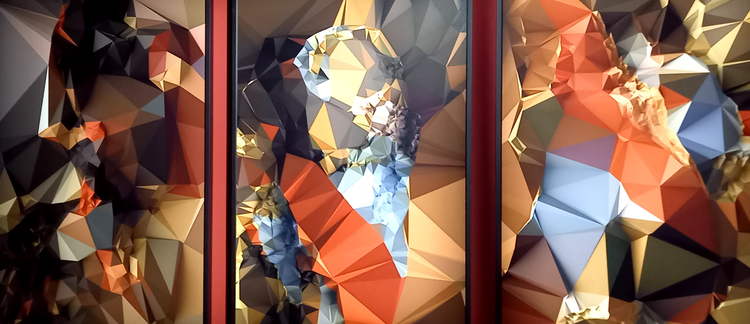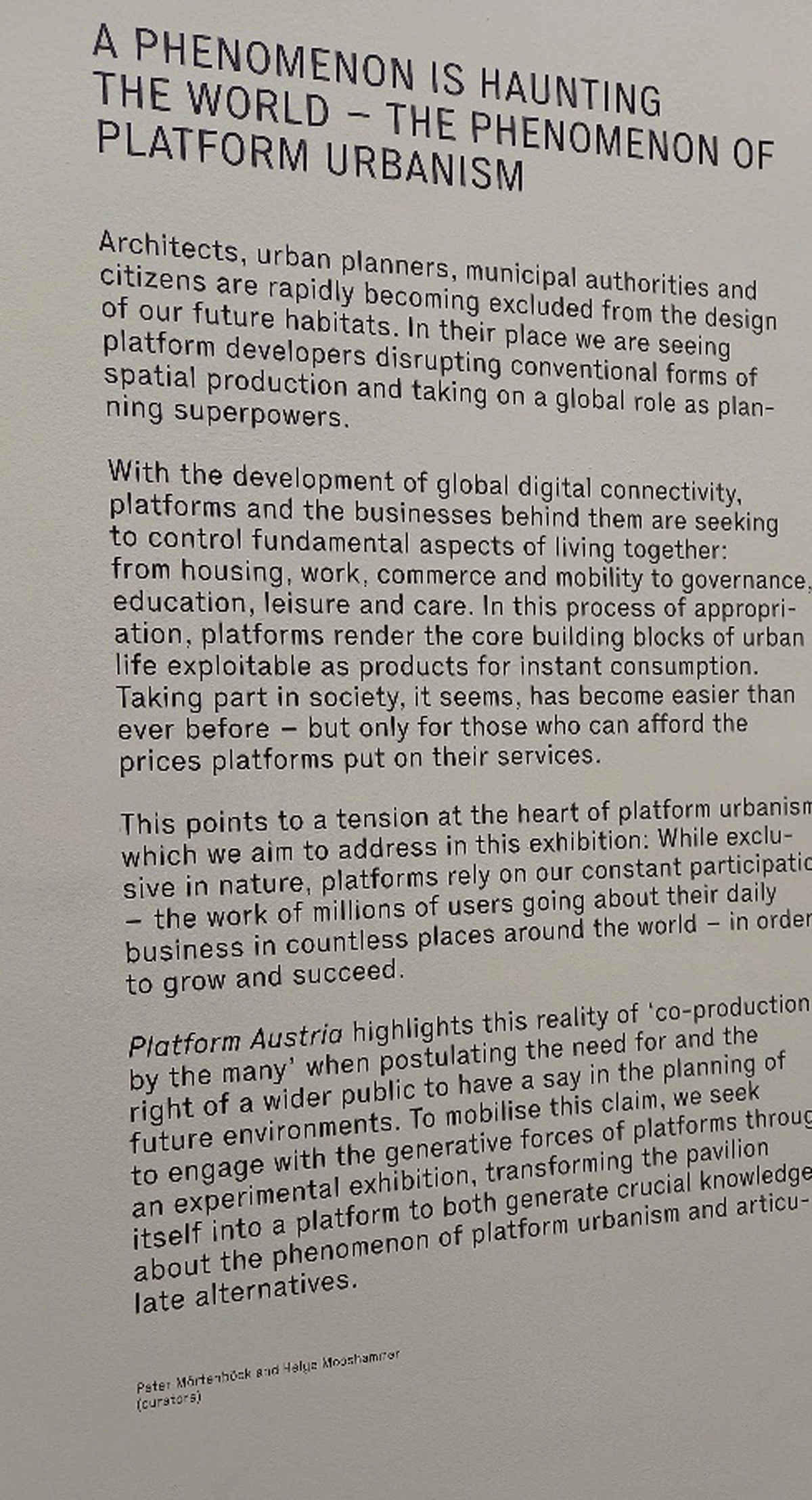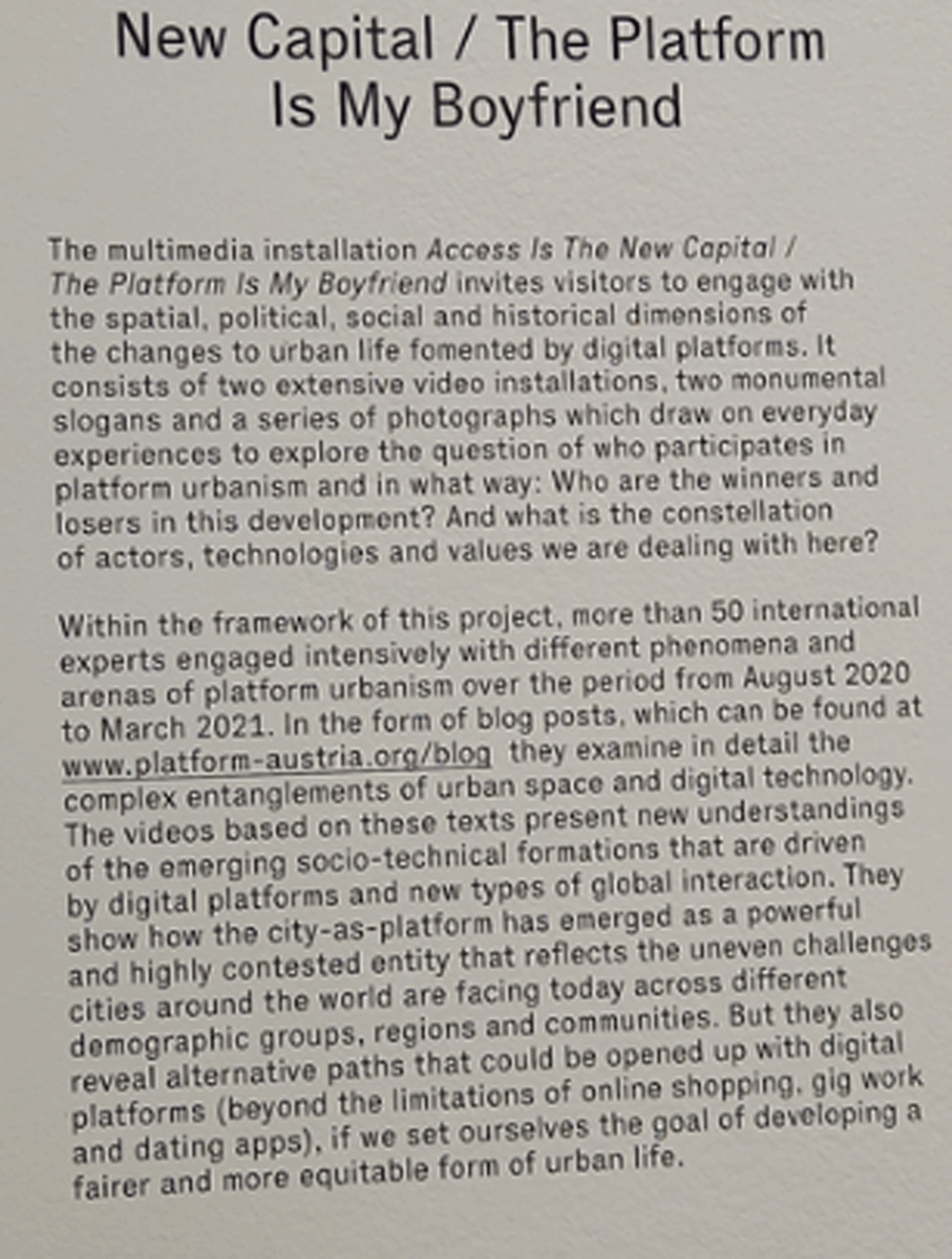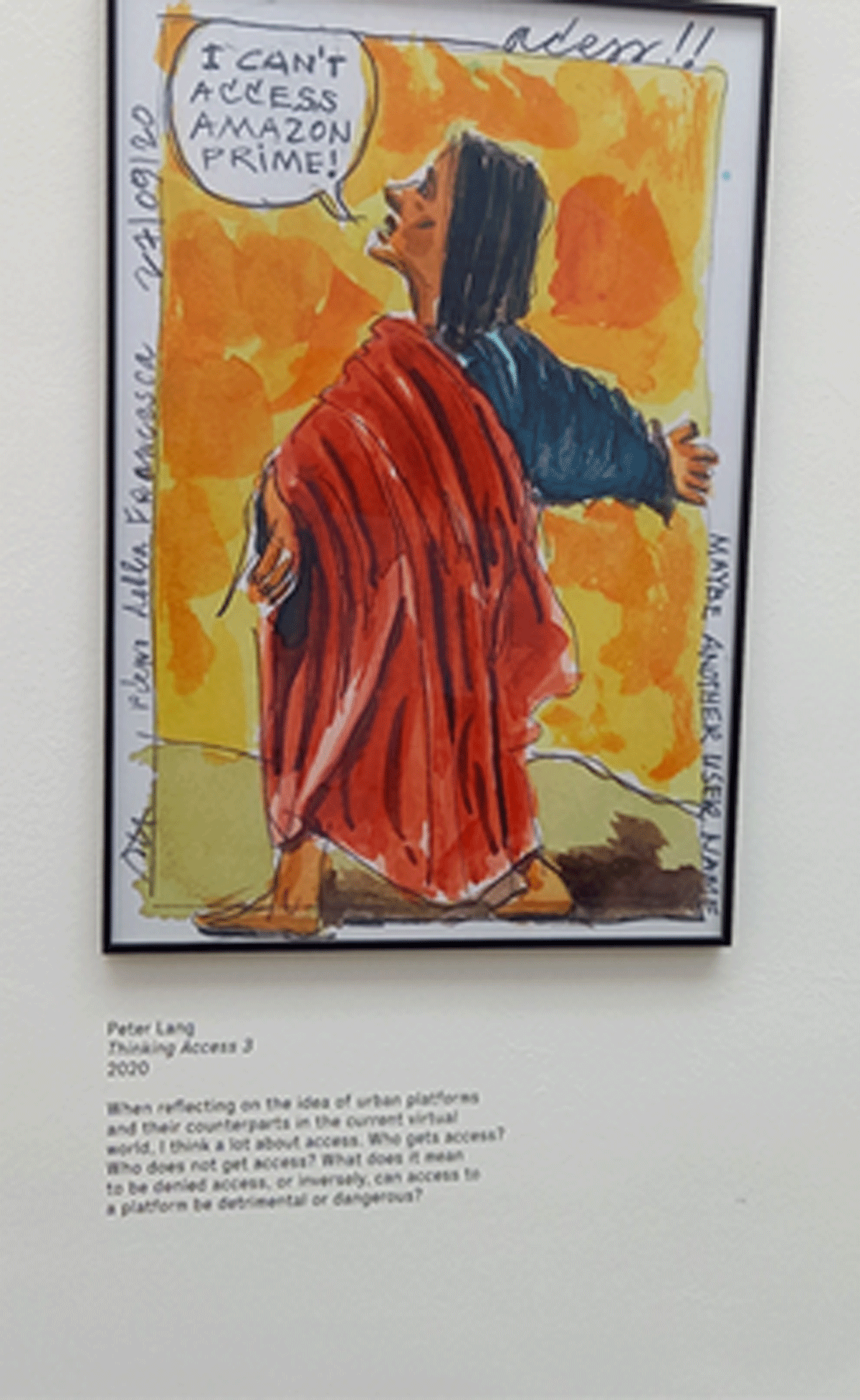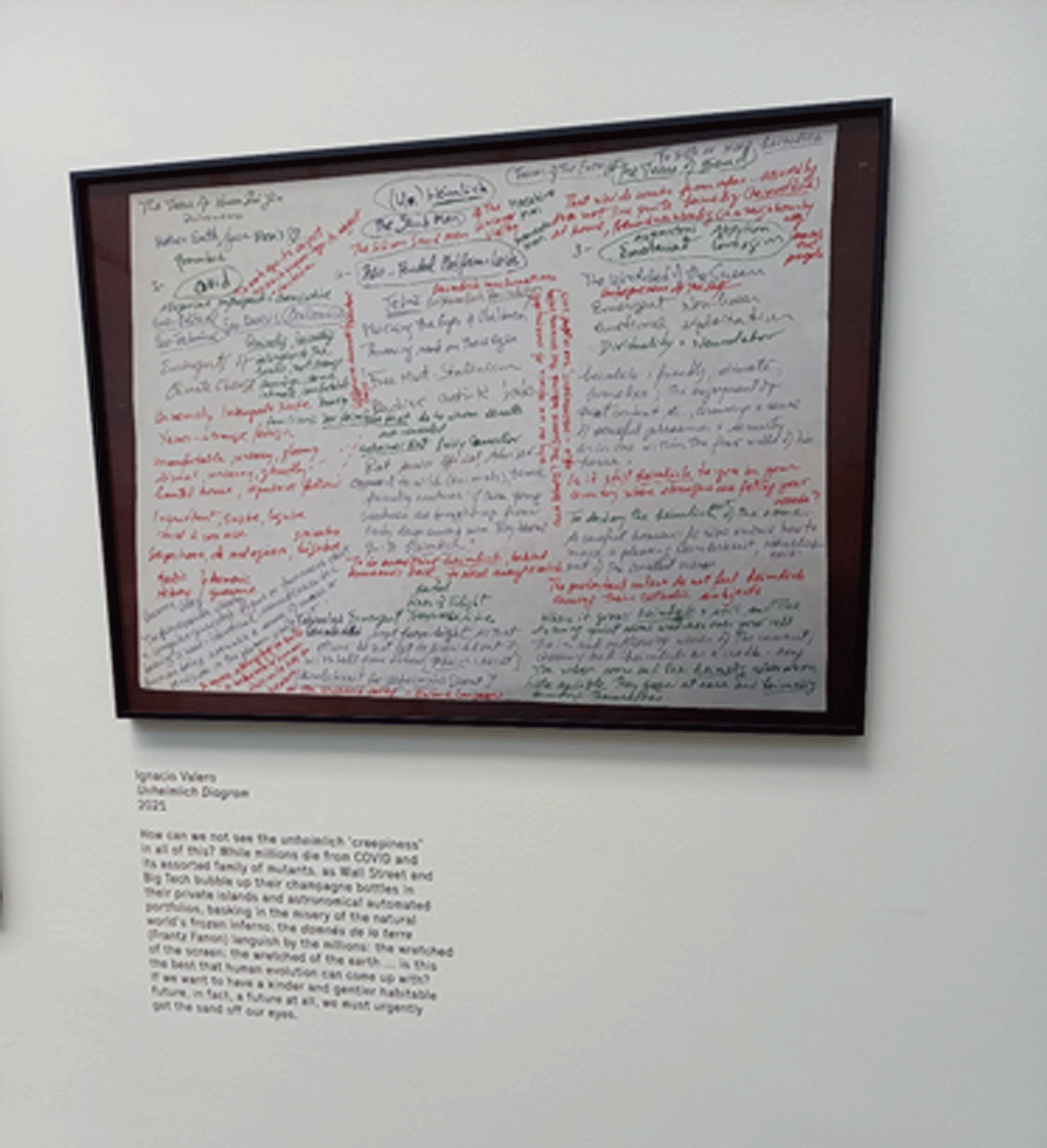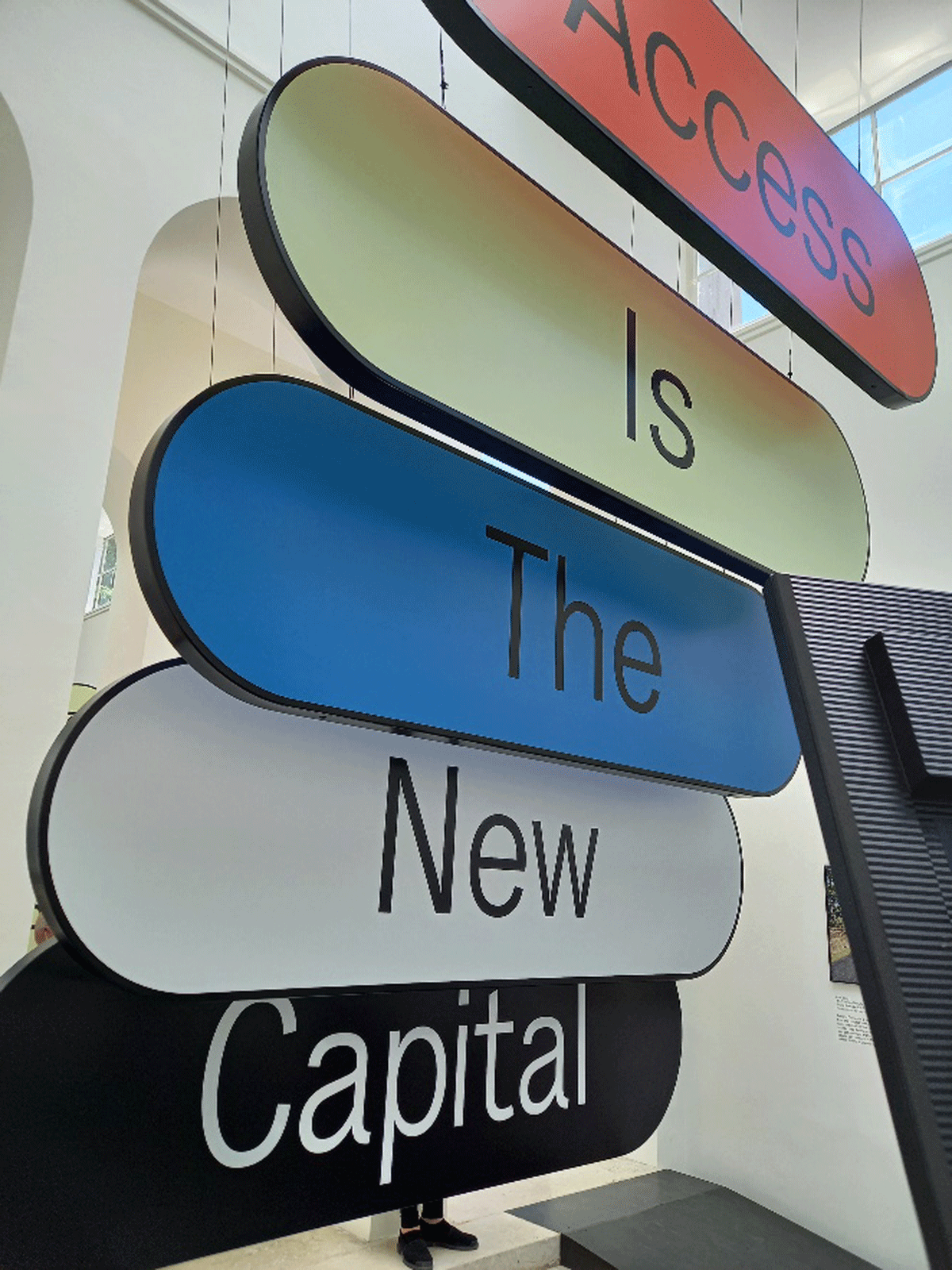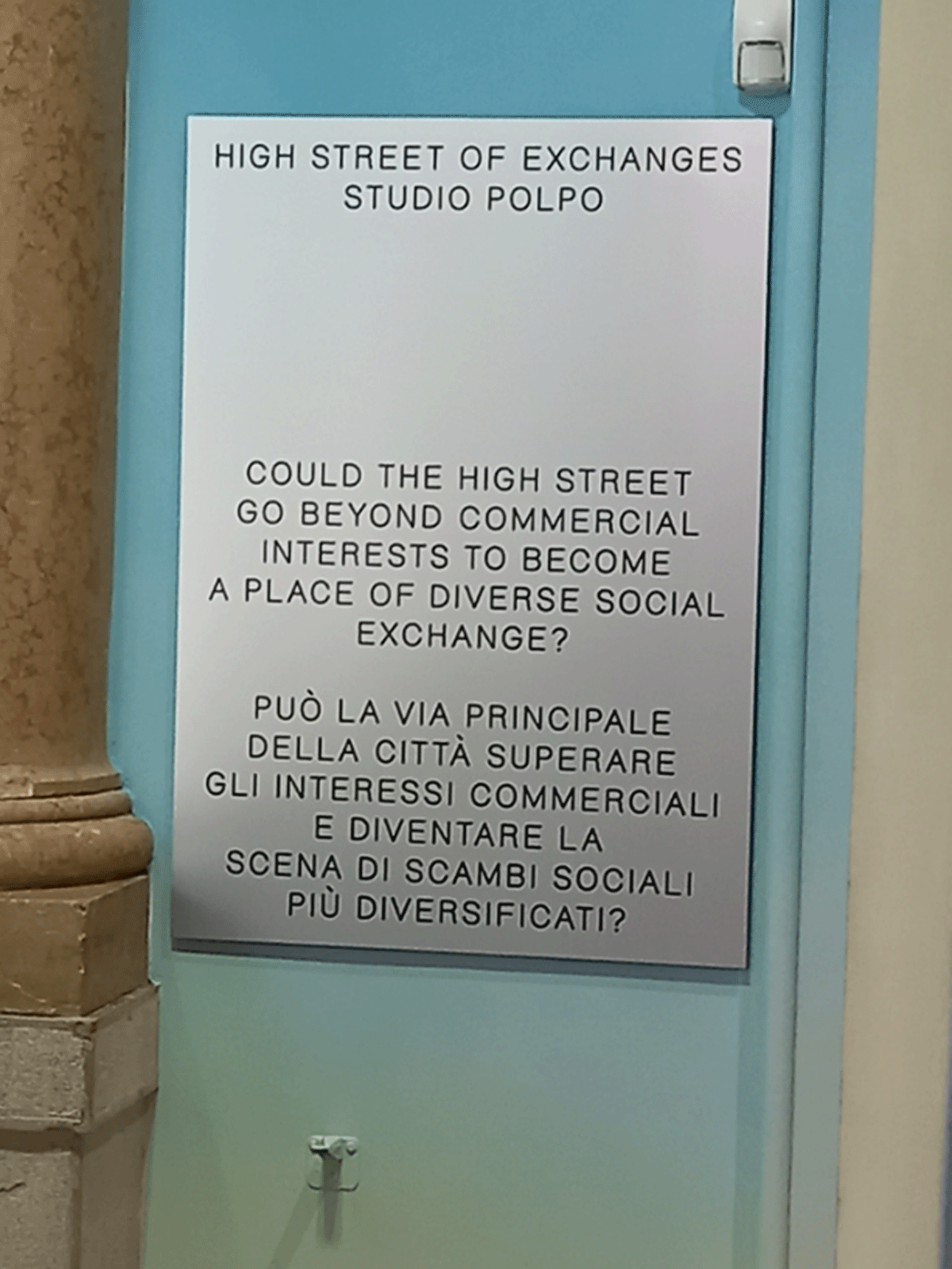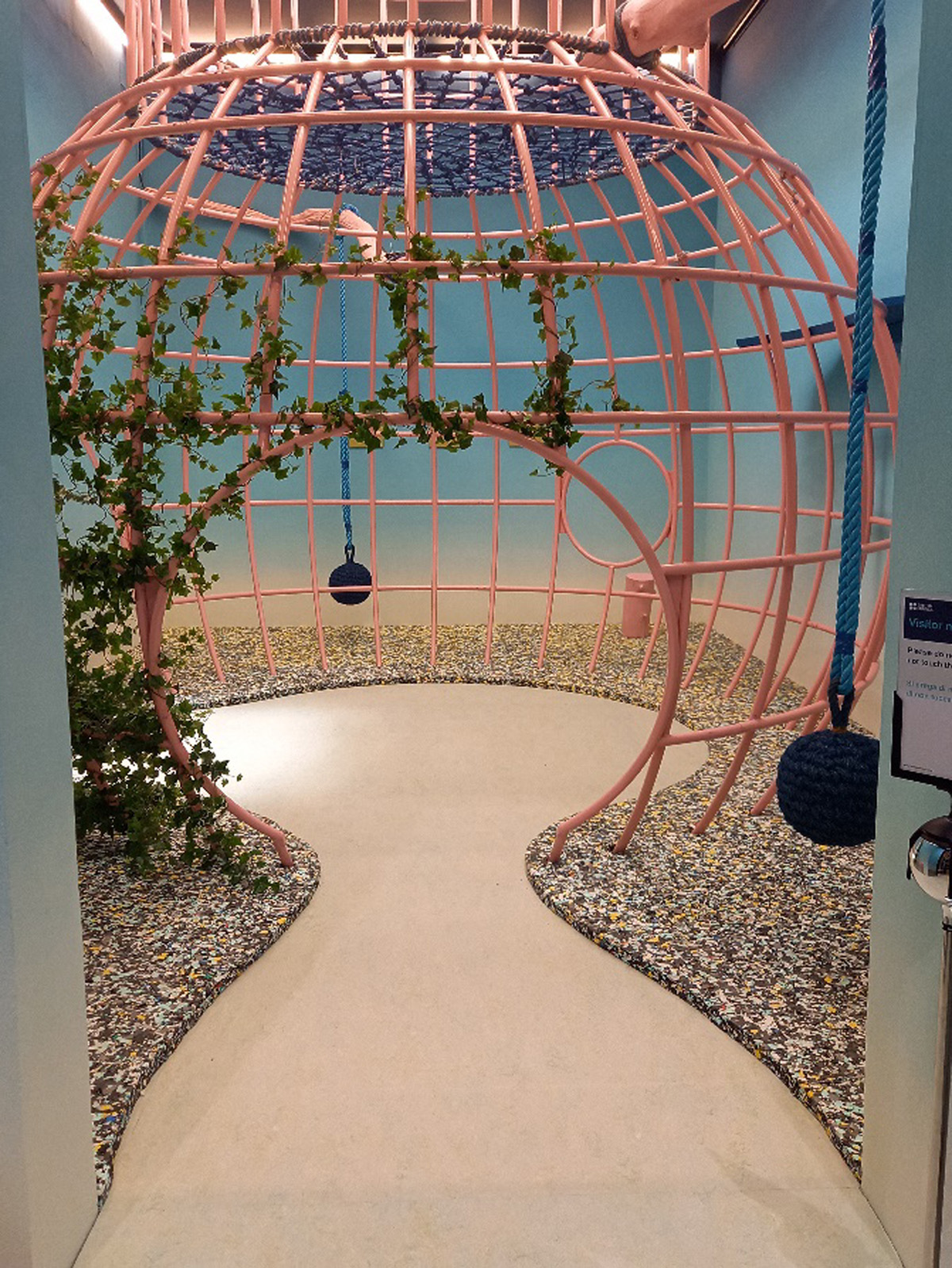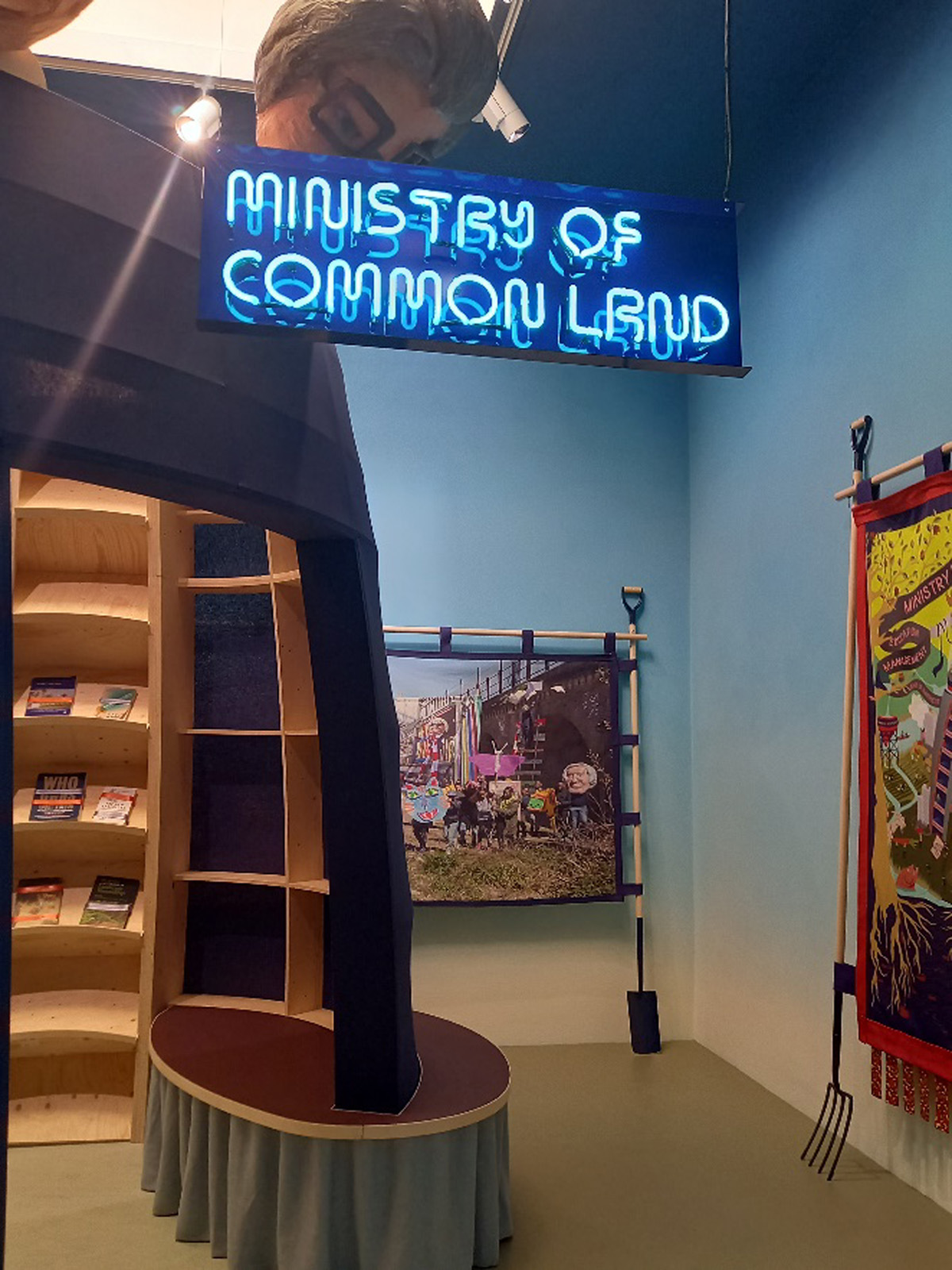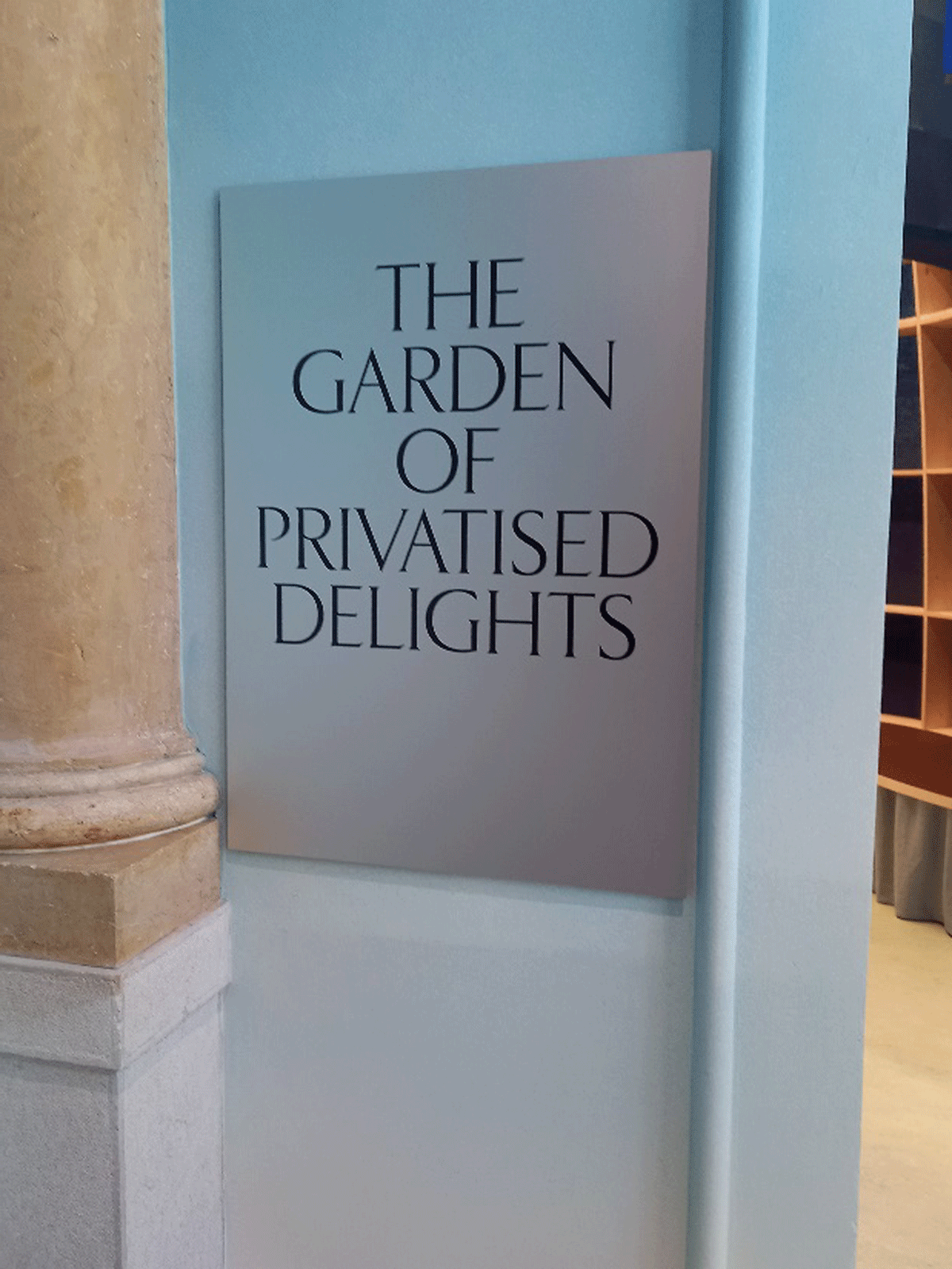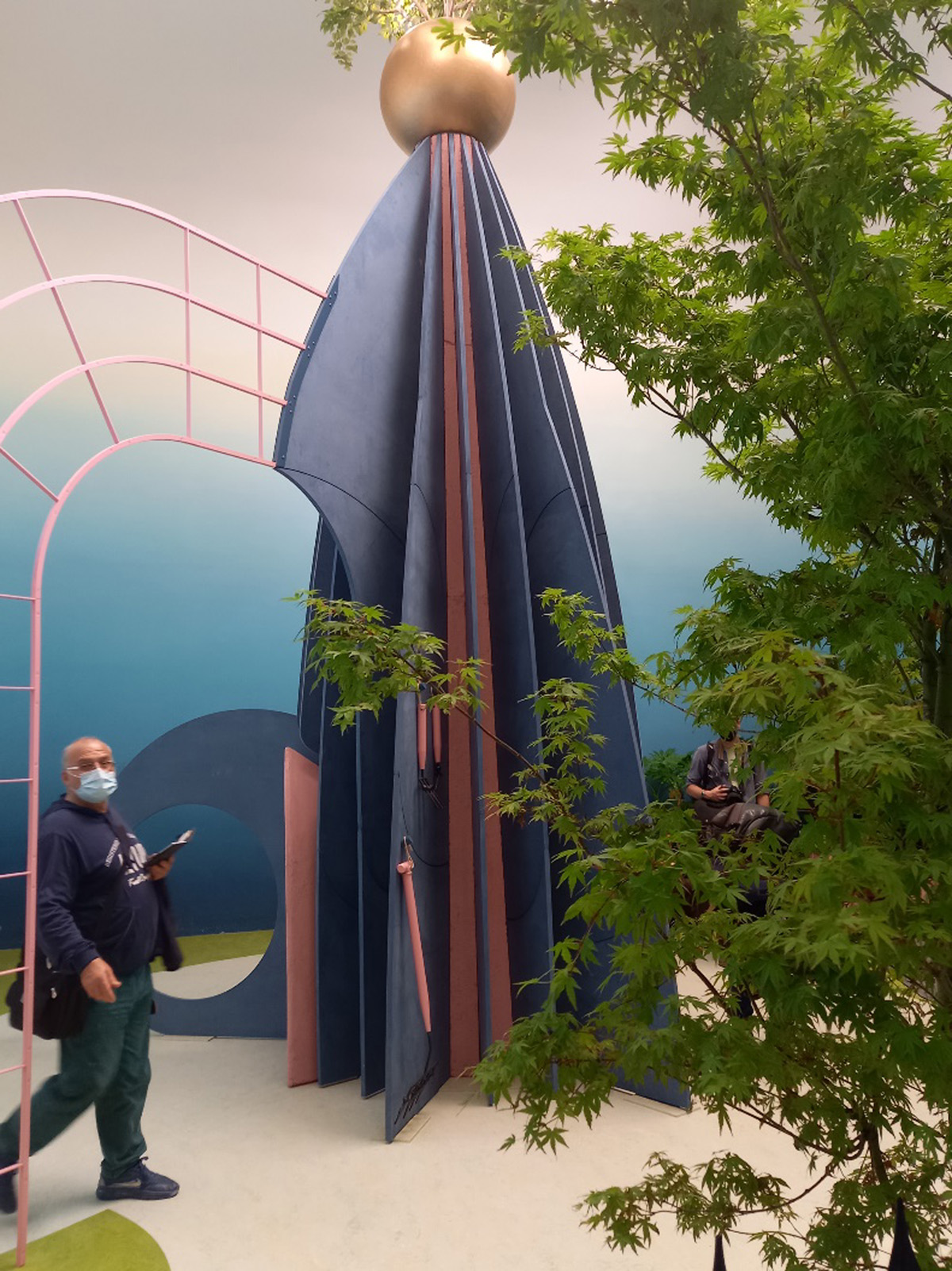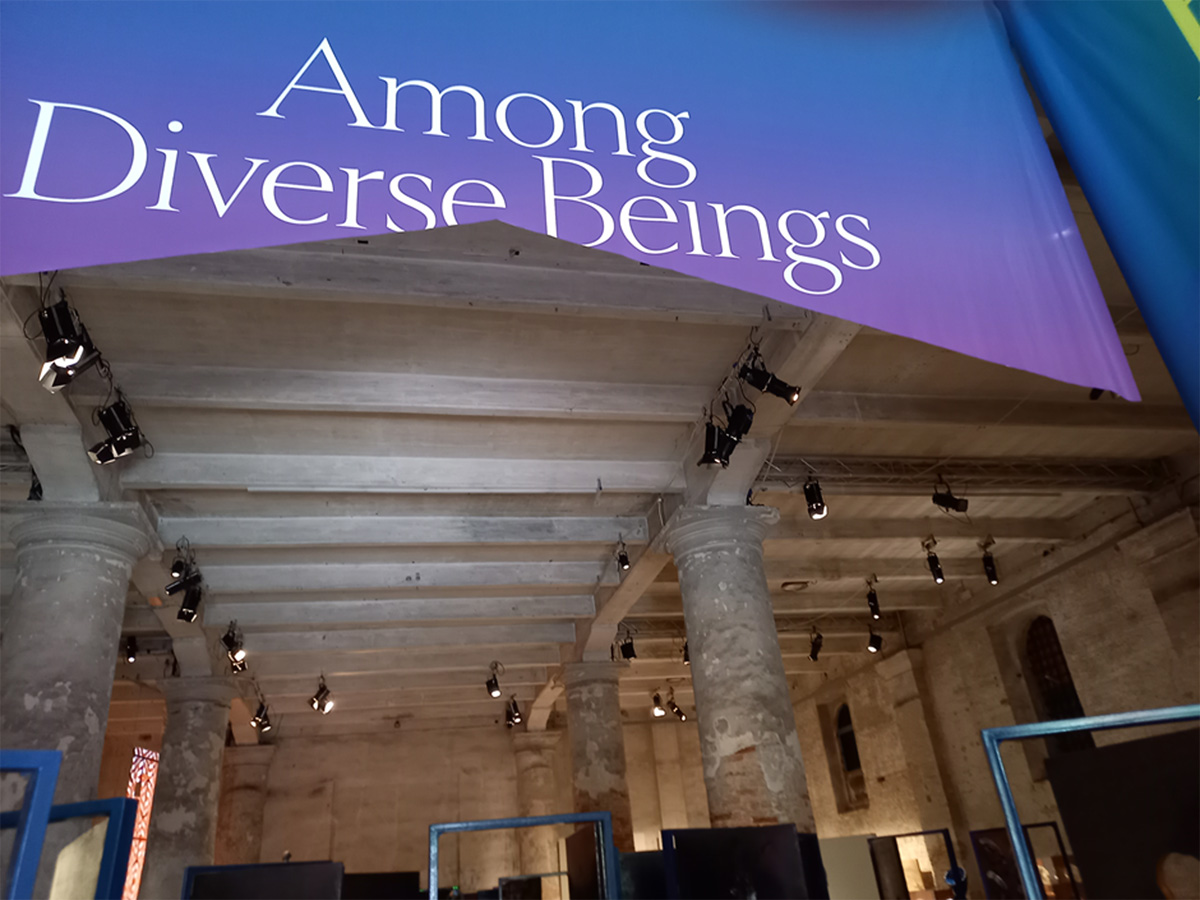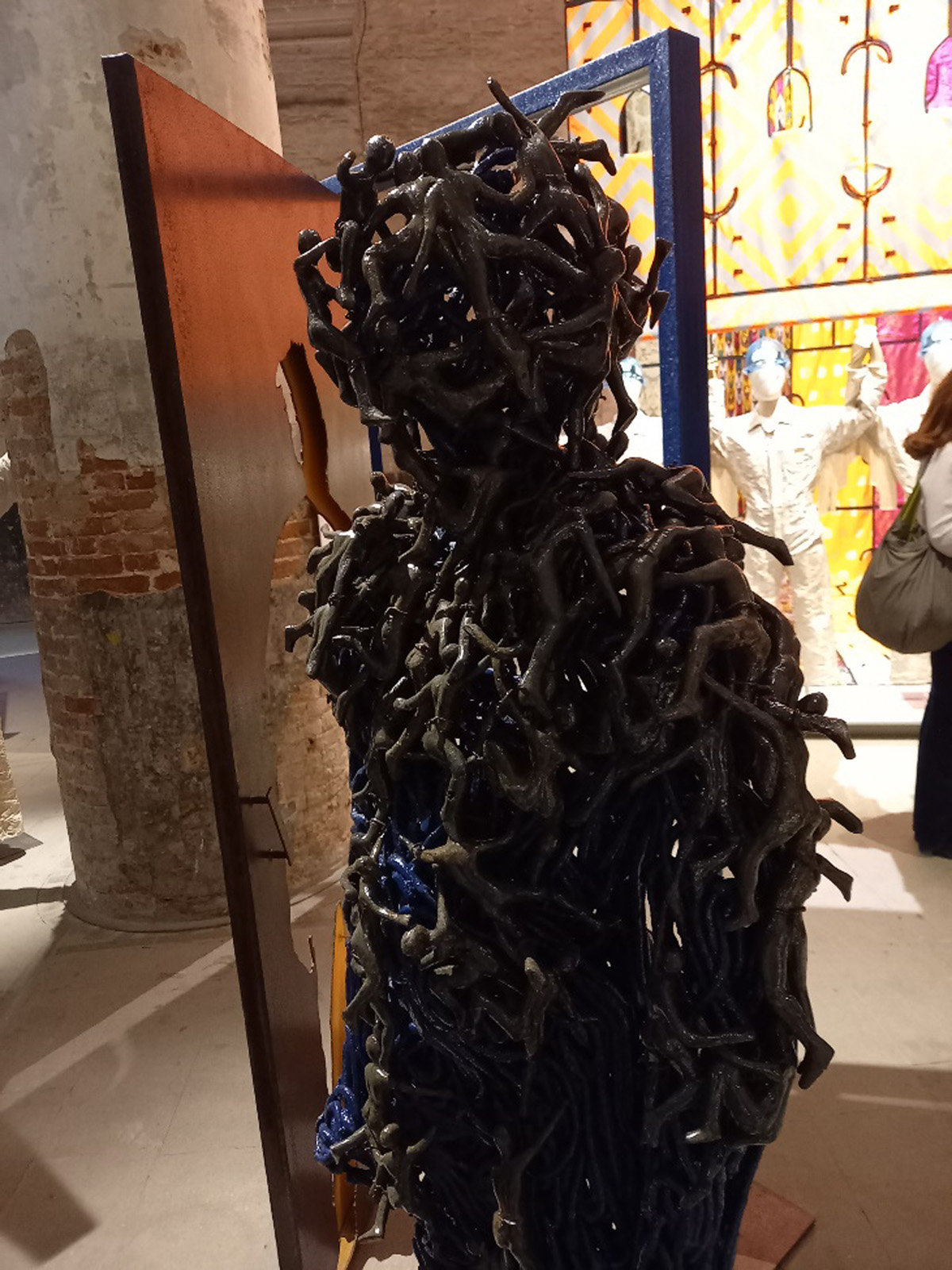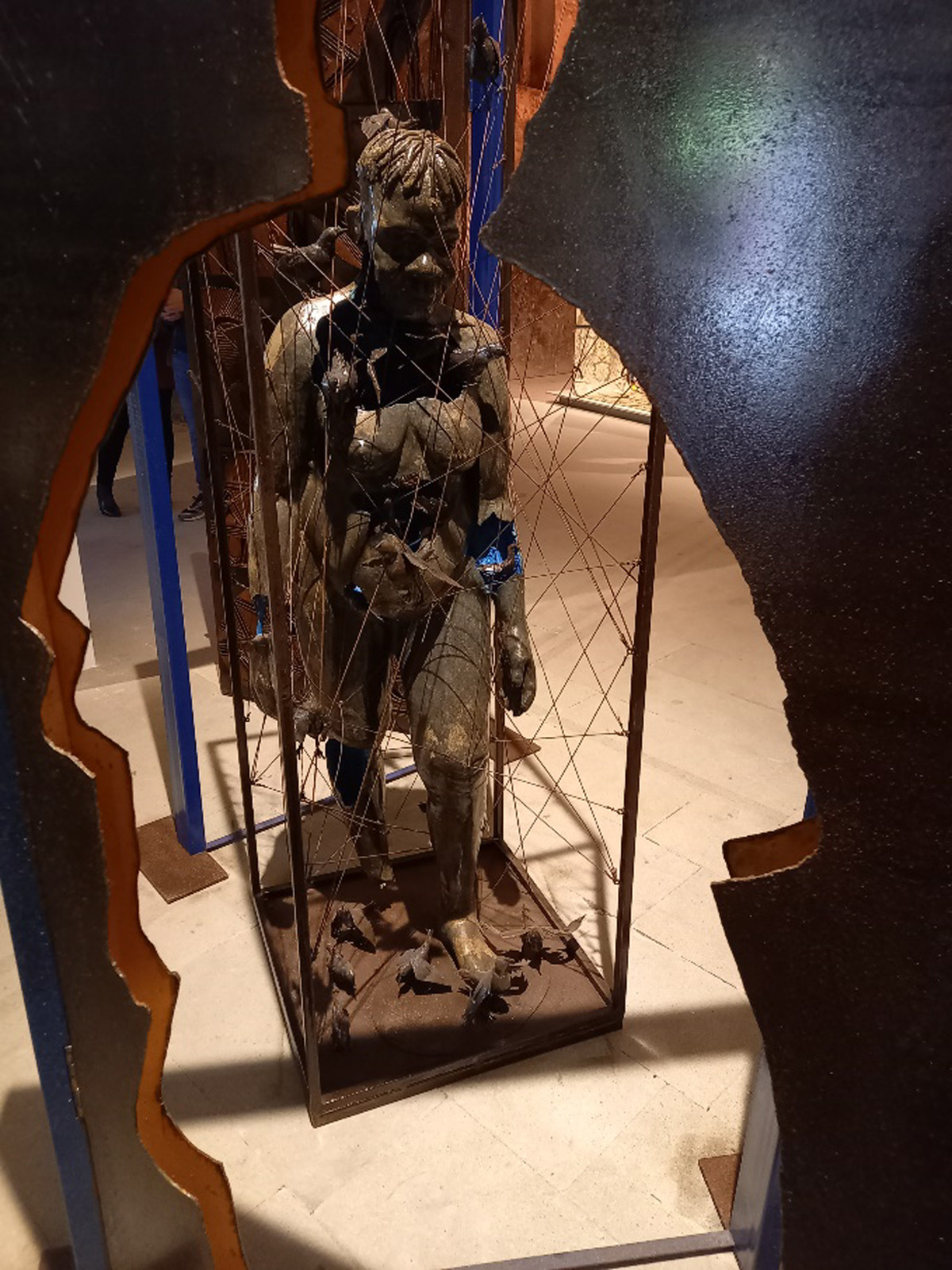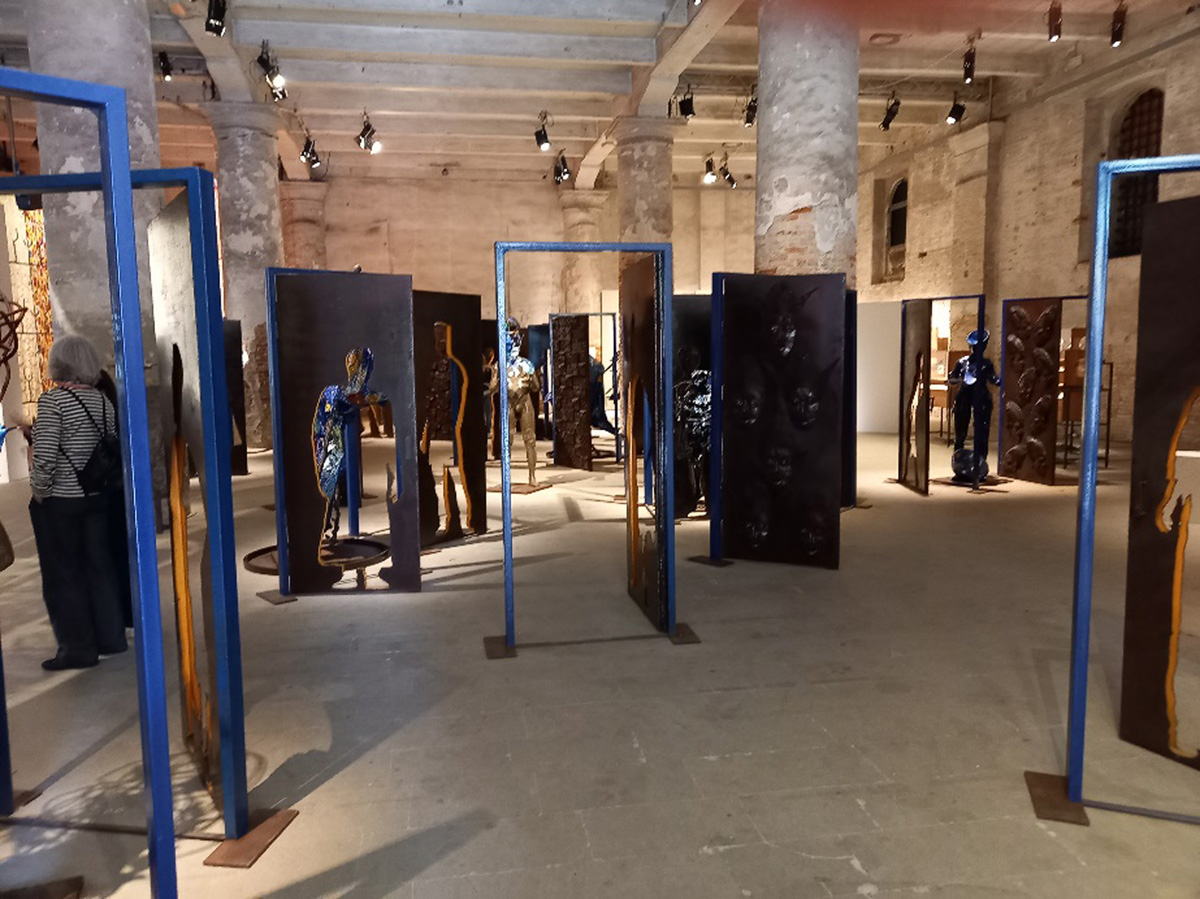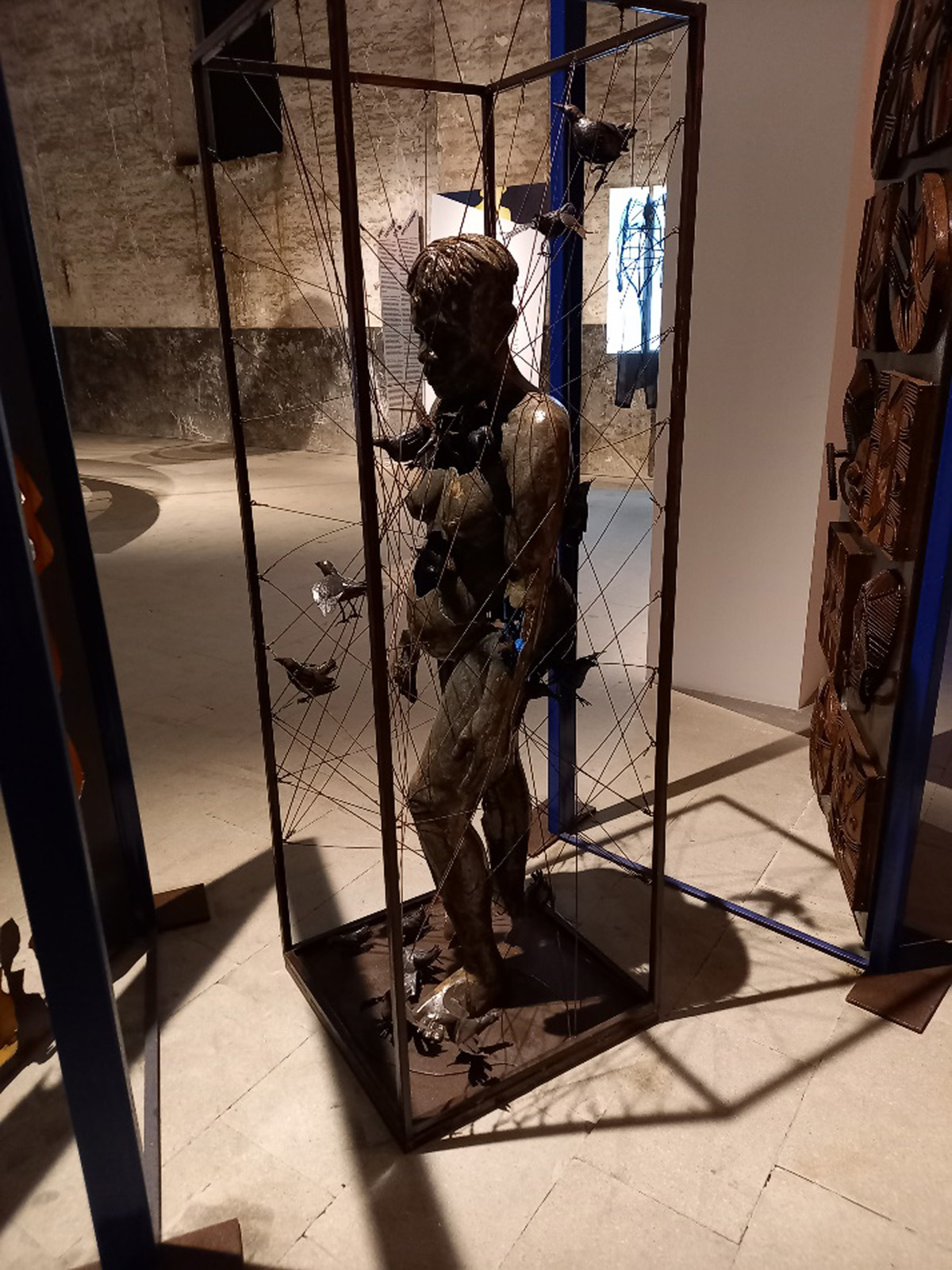Architecture in the last century has been a rollercoaster journey of reputation and public esteem. And like most such journeys, it had its start in the century before. By the 1870s many European architects felt their disciplinary space was subject to two incursions: firstly, as the German theorist Gottfried Semper put it, they had become mere specialists in ‘dressing’, covering with ornament structures exclusively designed by engineers; secondly, there was an increasing sense that such a vocabulary of ornament had, disappointingly, become mere historical pastiche, and the past century of unprecedented technological progress had yet to produce its own style.
The consequences of this crisis were, accordingly, twofold. A new repertoire of shape and decoration did evolve subsequently, and it was called the ‘new art’, Art Nouveau, or the ‘young style’, Jugendstil. It is arguable that this was the first manifestation of architectural modernism, contemporaneous with those tumultuous decades, from 1880 to 1910, which saw the other arts mutate so rapidly. But then, later, there also came a reassertion of the architect’s primacy in the creation of space, internal and outdoor. The fully-fledged modernist ambition was born, to reconstruct whole urban environments, even cities, according to functionalist doctrines and almost utopian sociology.
Well, the disillusion that set in regarding such ambitions is too well chronicled to repeat here. Since the sixties, the architecture of total environments has had an abysmal press. The notion of ‘cities in the sky’ that spawned so many social housing estates, has gone from fashion just as the latter have been, progressively and literally, blown up. The rage of Adolf Loos’ maxim ‘ornament is crime’ has been annulled by the renewal of the very same historical pastiche, as shown in the work of such thriving, essentially post-modern, practitioners as Quinlan Terry. Modernism in architecture began with nagging questions, and produced one of several answers. But these were never fully accepted beyond the profession, least of all now.
Architecture is the unavoidable one amongst the arts. You can live a life of sublime indifference to all cultural artifacts whatever, but you will always need some shelter to live in. Even the choice of cave involves some architectural decisions for the active troglodyte. And in this age of infinite, and usually miniaturised, reproductions of such artifacts, architecture is the one art, when you inhabit it, you cannot but encounter in full-scale. For this reason, I suggest, architecture has nowadays a closer relationship to our sense of peri-somatic (i.e. ‘around the body’) space than any other artistic medium. You cannot live in a house through your computer screen, or a VR helmet. You are, incorrigibly and physically, there.
It is also the art that can be etiolated to the point of invisibility, engendering that conceptual distinction, summarised by Pevsner, between mere utilitarian ‘building’ and ‘architecture’ proper. This distinction seems to be an admission that the financially driven mediocrity of design of many buildings denies them even potentially artistic status. It is not a new one; slums in all ages usually fell under the former heading. But it is one which many theorists, from the neo-classicists, through Ruskin and the Arts and Crafts movement, to the early modernists, have vehemently rejected. For them all construction, no matter how humble, implicitly aspires to the condition of architecture, and should be judged as such. The architect cannot retreat into the protective sphere of ‘higher redefinition’, and claim that ‘true architecture’ can only be an occasional indulgence by a monied few.
The first Architecture Biennale I saw was in 2018. They began in 1980, alternating with and making use of the spaces and facilities of its artistic counterparts. I would imagine that there has been a steady and conspicuous change over the years from the age of the ‘starchitect’, who often revisited the megalomaniacal ambitions of high modernism (and then, probably po-mo) but without any left wing utopianism, to the overall temper of 2018, where the exhibits of most pavilions were keen to demonstrate environmental sensitivity in both planning and use of materials. There wasn’t much of the grand sweep of models and toy trees under vitrines, so beloved of previous generations. In 2021 this tendency had embraced human ecology too, often to the exclusion of all else. The overall title of this year’s Biennale was ‘How Will We Live Together?’, and the interrogative mode seemed appropriate for the temper of most of the shows, which, if one could characterise them generally, would be of earnest examinations of pre-existing communities, often deprived, and their putative needs, together with cartographies of how those needs co-ordinated with natural resources. These were, essentially, displays of sociological research, often imaginatively presented. They represented the extreme opposite of the a priori dogmas of mass-behavioural ‘oughts’ proclaimed by those first generations of modernists. On the evidence of these displays, architecture has now become the analytical documentation of what, in human and natural terms, is already in place.
‘But isn’t architecture about building?’ you probably retort. Well, yes, building and its relationship to our bodily and public sense of space. And therein lies the ‘mystery’ of my title. There were, in this Biennale, disappearingly few illustrations or proposals for new building, or even for the maintenance and adaptation of older ones. This Biennale was, in effect, a memorandum of preconditions and research criteria an architect should follow before even beginning the merest sketch. Perhaps this reflects what much professional practice has now become; prior to any designing, there must be environmental and community impact research, and, of course, just as importantly for the practice, smooth PR to spin the results of the latter to the locals. Building projects are thus the physical end state of mediarised campaigns. I do not wish to sound unduly cynical here: the realities of climate change, carbon contribution, and possible destruction of communities are certainly not to be dismissed as simply matters a corporate architectural practice should address in order to bathe itself in the requisite ‘greenwash’ (even as I write this, it is noteworthy that most leading architectural practices in London have recently dodged any commitment to carbon neutrality). But the relentless concentration on these criteria to the exclusion of ‘constructive’ proposals, in both senses, might indicate a crisis of confidence within the profession that runs much deeper; having acquired an unenviable reputation for arrogant complicity with corporate forces, it now seems to have descended into a kind of paralysis, or, perhaps, it is desperate to improve its PR before offering anything new.
I cannot pretend to offer an itemised review of all the shows, but the following does spring from a fairly conscientious tour. The ‘old’ national pavilions of the Giardini di Biennale are generally spacious and well-adapted for any kind of display. Those adjacent ones of Spain, Belgium and Holland show how well, or how badly, the results can work. Spain presented, with what relevance to architecture I cannot say, an elegant display of suspended papers. As seen elsewhere in the Giardini, such hangings indicate to me the subtle influence of Cornelia Parker’s works, which frequently use similar devices. Belgium and Holland, by contrast, gave examples of how visually drab, respectively, town-planning models and environmental models may appear. No matter how worthy and urgent these subjects are, it behoves any designer or curator in such surroundings to make of them compelling visual expressions. This was not achieved very often. The Central Pavilion, which always includes a curated international show, was more successful. It was relentlessly focussed on the interface between the zoosphere (the habitable), and the remainder of the natural, which former, as one display clarified, is merely a thin terrestrial and atmospheric epidermis around our planet, and all the more apparently delicate for being illustrated thus. If the question ‘How Will We Live Together?’ had an implicit answer here, it would be ‘by making sure we don’t annihilate the habitat for us and all neighbours beyond our species. And at a time when we are told that Climate Change is already irreversible, this is an answer worth amplifying.
Other pavilions (e.g. Hungary, Serbia, Poland) persisted in offering bleak, schematic models, but one cannot say that any of them gave clarification to the viewer. Perhaps post-Covid, budgets were constrained, and this in turn confined imaginations. But it was also possible to discern a trend which might promise more creative results. It seems that the most ecologically and climatically acceptable construction material is now thought to be wood. Accordingly, the Nordic Countries and the USA offered plenty of it; the latter enclosing the pavilion with rows of timber roof joists, with models of preliminary timber frames within. The Nordics displayed constructions which manifest what I can only call ‘ikeaism’: a fascination with prefabricated timber assemblages. But once again, beyond these skeletons, there was no more: no finished and habitable demonstrations of what could be done with the material nowadays. Finland and Japan examined past examples of timber frame construction from their respective pasts, though these were merely historical perspectives.
Elsewhere in the Giardini, sociology predominated, and, surprisingly, this made for more interesting viewing. France, Romania, Uruguay and Greece all included audio-visual documentation of pre-existing communities, though, significantly, not any examples of architects discussing with these communities the consequences of any of their projected creations. This is one kind of interface that the profession seems yet to address; perhaps the 2023 Biennale might be entitled ‘How Will We All Work Together?’, and will feature videos of those strained and often bitter meetings where architects and developers try to schmooze poor communities, often in social housing, into accepting enforced relocation and downsizing.
If I were to select two pavilions in the Giardini that were the most rewarding, they would be Austria, and, utterly surprisingly, UK. Austria addressed the move to digital working and socialising that Covid has hugely accelerated. This is a subject architects must have to consider urgently, for it will no longer be acceptable to build housing on the assumption that most daylight life will be spent outside it. Homeworkers will need more, and of course, their sense of community and common space will be inexorably altered by reliance on the virtual. It might result in some strange reversals; some years ago I met a Venetian ‘urbanist’ at the Cini Foundation (on S. Giorgio) who considered that, given sufficient resources, Venice itself could escape its dependence on a touristic monoculture to become a thriving digital hub.
In light of Brexit, I did not have much hope in what the UK would offer. But instead, we saw an edgy and refreshing display about the privatisation of public space, a process in which, in the UK, the architectural profession has been culpably complicit. This insidious process has had two major consequences: large areas of a city like London are now policed privately according to corporate diktat, and such areas cannot be accessed without harassment from such forces if one is not spending money there. This witty collection of installations showed that at least some minds are at work resisting the culture warriors. But, as a friend put it, ‘I’m sure that they will get that addressed in two years’ time, some proper flags etc. and none of that Marxist nonsense’.
The Arsenale complex is a far more difficult space to populate, being a right angle of two huge colonnaded halls once used as ‘corderie’ (ropeworks). But at once, here was something rewarding: three Nigerian sculptors directed by Peju Alatise had created a powerful and rich installation of body-shaped apertures in ornamental panels, interposed with weirdly transmogrifying standing figures. It was entitled ‘Doors for Concealment and Revelation’ with reference to a Yoruba proverb. West African artists are doing well in penetrating the notoriously insular art market at present; this, the most visually memorable of anything in the Biennale, might show why. It could have been the basis of something even more ambitious and complex, and I regret that the commissioners did not see that. Thereafter the excitement and the quality declined: piles of raw materials, which are neither minimalist exhibits nor technical samples, do not live on in the memory.
The remainder of the national pavilions in the Arsenale halls failed to do that too, with the exception of Ireland, who presented ‘Entanglement’, a large circular ziggurat of circuit frames on which were mounted screens, fans and speakers, flashing and roaring at intervals. Intriguing and engaging, this was meant as a reflection on the digital cloud, and also on the heat it generates (quoting the above-mentioned Semper). But as for its connection to architecture…?
Irish Pavillion. ‘Entanglement’. Video Clip. Susan Broadhurst, May 2021.
I wish I could at least give some opinion on the two largest national pavilions, of China and Italy, situated at the far end of the Arsenale halls, but the first was still in preparation, and the second was restricted to those attending the lengthy opening ceremony. Without experience, no words are possible. It would be good if Biennale participants could coordinate their activities on press days to allow easy viewing. And if I may continue on the subject, it would be good if certain participants, like Germany and Canada in the Giardini, realised that online-only exhibits, though perhaps made desirable by Covid, do not substitute for the bodily experience.
To conclude, this Biennale was only about Architecture in a peripheral and oblique way. Even the exhibits which were attractive, using that word literally, were not relevant to the central task of the architect: designing and building buildings. All round the world architecture in the latter sense is happening all the time, whether good, bad or (mostly) indifferent. Environmental or societal imperatives may, quite rightly, modify or even suppress it, but as long as there are needs to be met, it will continue. Perhaps the Biennale can be construed as a collective meditation on the considerations an architect must negotiate in pursuit of their profession, but in so doing it offered virtually no insight into what would result from this concretely (if you’ll forgive the pun). What we saw here might well serve as a prologue to a salutary new humanism in architectural practice, freed from the fetters of corporate greed. We await the manifesto itself.
Competing Interests
The author has no competing interests to declare.
Author Information
Neil Harvey is an artist and writer on art. He is based in Fivizzano, Tuscany. He is deeply interested in issues arising from nineteenth century German aesthetic theory.
